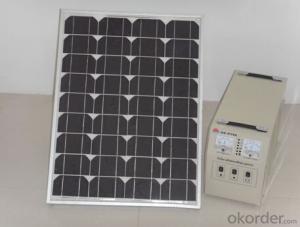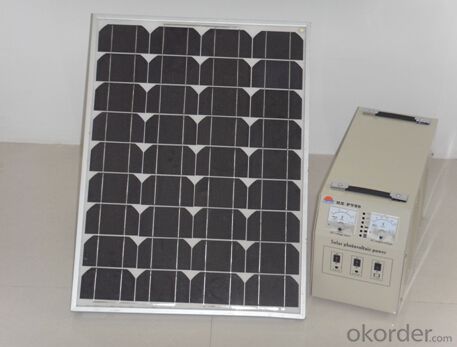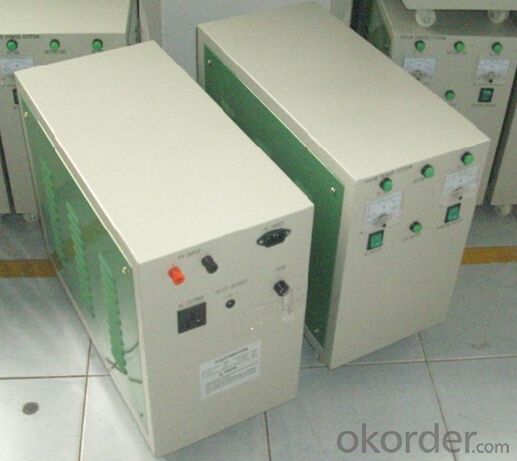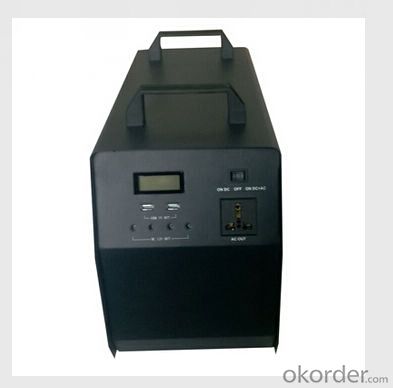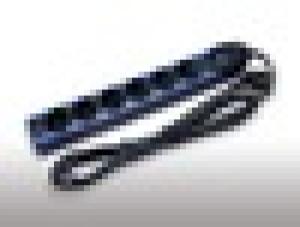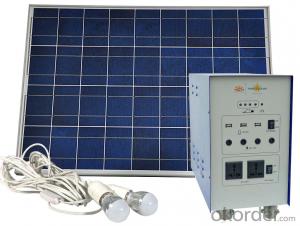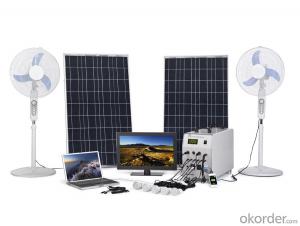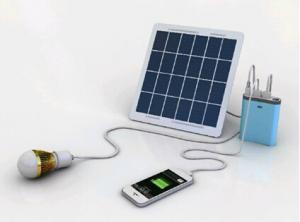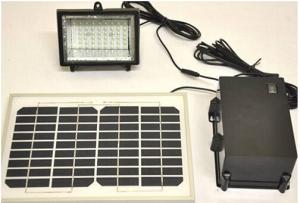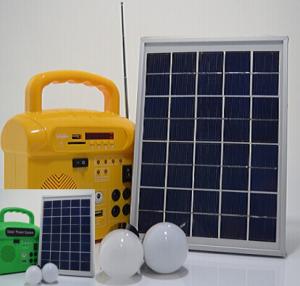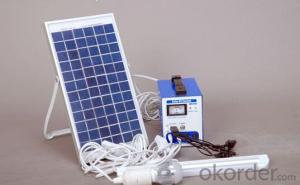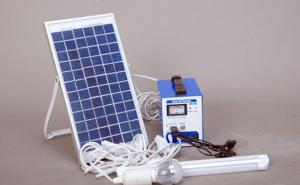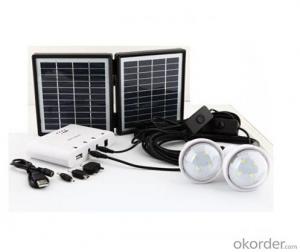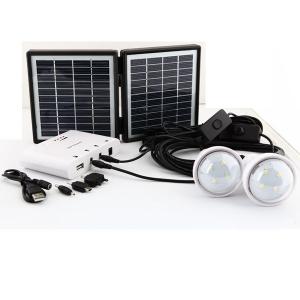Solar Energy Systems Adelaide - CNBM Solar Home System Roof System Capacity-80w
- Loading Port:
- Shanghai
- Payment Terms:
- TT or LC
- Min Order Qty:
- 10 PCS
- Supply Capability:
- 500000 PCS/month
OKorder Service Pledge
OKorder Financial Service
You Might Also Like
Introduction of Solar Home System
Solar Home System is composed by Solar Panels, Inverters, Charger Controller, Battery, Cable, Mounting Bracket, which is applied to produce electricity for home use.
Solar Home System is quite suitable product in urban area and the place which is short of electricity. As the cost of solar products reduced, more and more family can bear the charge of solar products. These products apply to schools, hospitals, public halls and private housing, communication stations, weather station. Also can use as household appliances, lighting, communications equipment, meteorological equipment.
Our company’s main target is to make every family can use cheap solar energy and enjoy the new innovation of modern science and technology.
Picture of Our Factory

Working Principle of Solar Home System
This is an off-grid solar system which uses batteries to store the solar energy, at the same time, the solar system can be connected with the grid for utilization of grid power. The solar system uses battery power in priority, but when sunshine is not so good or loads consumption is too big which caused the battery power inadequacy, then the system can switch automatically to grid power supply. Meanwhile, the system can charge the batteries with grid power until batteries are fully charged. Then the solar system will switch back to battery power supply.
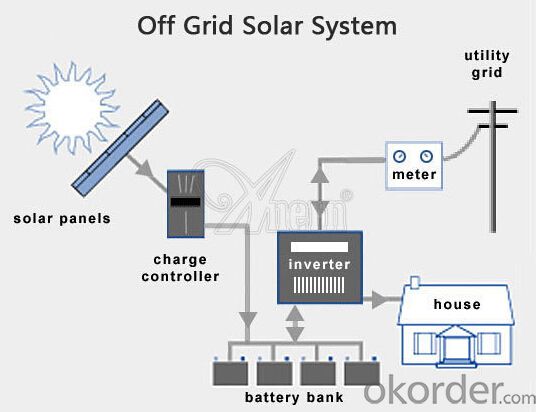
Product Details of Solar Home System

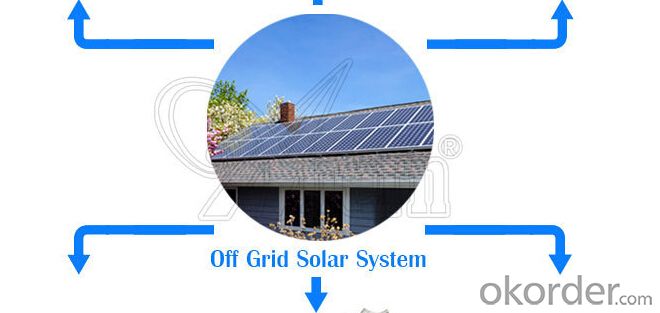

Specification of Solar Home System
Technical data: | |||||||||
Inverter | Rated load power | 500W | |||||||
Output wave | Pure sine wave | ||||||||
Input voltage | 24V | ||||||||
Output voltage | DC:12V | ||||||||
Output frequency | 50HZ/60HZ | ||||||||
Precision of output frequency | ±6% | ||||||||
Solar panel | Pmax | 100W*2PCS | |||||||
Vmp | 36V | ||||||||
Imp | 5.56A | ||||||||
Charger | Charger voltage & current | 24V10A | |||||||
Battery | Capacity | 12V80AH*2PCS | |||||||
Power box | Spray paint iron box,with input,output, ammeter,voltmeter,master switch and so on. | ||||||||
Package data: | |||||||||
Part | Size (L*W*H mm) | Weight (kg) | 20' (pcs) | 40' (pcs) | |||||
Power box | 580*520*540 | 60 | 96Sets | 240Sets | |||||
Solar panel | 1240*570*90 | 20 | |||||||
Solar panel bracket |
|
| |||||||
Loading electrical equipment(For consulting) | |||||||||
Name of Load | Power(W) | Quantity | Working Time per Day (H) | Working Days | |||||
Color TV | 65W | 1 | 4 | 3 days | |||||
Satellite TV Receivers | 25W | 1 | 4 | 3 days | |||||
lamp | 11W | 2 | 8 | 3 days | |||||
Other | 150W |
| 1 | 3 days | |||||
Advantage of Our Solar Home System
1 Excellent Performance: Our Solar Home System is composed by Brand Standard Kits with high quality. Our solar system has the advantage of high efficiency and stable operation. We can ensure our product with a long life period.
2. Small Orders Accepted: We can accept small orders as our customer’s trial order.
3. Guarantee/Warranty: We supply 10 Years Product Warranty and 25 Years Performance warranty.
4. Warehouse: We have warehouse overseas which can bring great convenience to our customer to pick up the products.
FAQ
Q: You are a manufacturer or Trader?
A: We are a Group corp. with 1GW capacity, which is Okorder’s registered VIP Supplier, enjoy Okorder’s Financial Guarantee.
Q: Required mainly certificates (CE&IEC/TUV/RoHS)?
A: Our products are certificated by CE RoHS, IEC, C-tick etc.
Q: Your main exported market is?
A: Main markets of our products is: South-east Asia, Mid-east, Arica, East Europe and Latin America.
- Q: Can solar energy systems be used for powering water pumping systems?
- Yes, solar energy systems can be used to power water pumping systems. Solar-powered water pumping systems utilize photovoltaic panels to convert sunlight into electricity, which can then be used to power water pumps. These systems are cost-effective, environmentally friendly, and have proven to be reliable in remote areas where grid electricity is not available.
- Q: Can solar energy systems be used for powering greenhouses?
- Yes, solar energy systems can definitely be used for powering greenhouses. Solar panels can be installed on the roof or walls of a greenhouse to capture sunlight and convert it into electricity. This renewable energy can then be used to power various systems within the greenhouse, such as ventilation, heating, cooling, and lighting. Solar energy offers several advantages for powering greenhouses. Firstly, it is a clean and sustainable source of energy, which helps reduce greenhouse gas emissions and environmental impact. Secondly, solar power is reliable and abundant, especially in regions with ample sunlight. This means that greenhouses can have a consistent and uninterrupted power supply, even in remote or off-grid locations. Additionally, solar energy systems can help reduce operating costs for greenhouse owners. Once the initial investment in solar panels and equipment is made, the ongoing energy costs are significantly lower compared to traditional fossil fuel-based systems. This can lead to substantial long-term savings, especially for larger-scale commercial greenhouses. Moreover, solar energy systems can be integrated with energy storage solutions, such as batteries, to store excess energy generated during the day. This stored energy can then be used during cloudy periods or at night, ensuring a continuous power supply for the greenhouse. Overall, solar energy systems are a viable and sustainable option for powering greenhouses. They offer numerous benefits, including reduced environmental impact, reliable energy supply, cost savings, and the ability to integrate with energy storage solutions.
- Q: How do solar energy systems impact wildlife?
- Solar energy systems can have both positive and negative impacts on wildlife. On the positive side, solar energy reduces the overall carbon footprint and mitigates climate change, which is beneficial for many species. Additionally, solar farms can provide new habitats for certain wildlife species, such as pollinators and birds. However, solar panels can also have negative effects, such as habitat fragmentation and displacement of some species. Proper planning, design, and mitigation measures can help minimize these impacts and ensure that solar energy systems are wildlife-friendly.
- Q: Can solar energy systems be used in powering music studios or recording studios?
- Yes, solar energy systems can definitely be used to power music studios or recording studios. Solar power systems are a clean and renewable energy source that can provide a reliable and cost-effective solution for powering various electrical equipment, including the high energy-consuming equipment found in music studios. Solar panels can be installed on the roof or any other suitable area of the studio building to harness sunlight and convert it into electricity. This electricity can then be used to power a wide range of equipment such as amplifiers, mixers, microphones, computers, lighting, and air conditioning systems. The size of the solar power system required will depend on the energy needs of the studio. By analyzing the energy consumption patterns and demands of the studio, solar energy experts can design and install a customized solar power system to meet the specific requirements of the studio. One of the advantages of using solar energy in music studios is the potential for significant cost savings. Traditional electricity sources, especially in commercial settings, can be quite expensive. By generating their own electricity through solar power, studios can reduce their reliance on the grid and potentially lower their electricity bills. Additionally, solar energy is a sustainable and environmentally friendly option. Music studios often consume a large amount of electricity, and using solar power can help reduce their carbon footprint and contribute to a greener future. It is worth noting that solar energy systems can also be combined with battery storage systems. This allows music studios to store excess energy produced during the day and use it during times of low solar generation or at night. This further enhances the reliability and independence of the solar power system. In conclusion, solar energy systems can be effectively used to power music studios or recording studios. They offer a clean, renewable, and cost-effective solution that can meet the energy demands of these facilities while reducing their environmental impact.
- Q: How does the efficiency of solar panels vary across different installation tilts?
- The efficiency of solar panels can vary across different installation tilts due to several factors. The ideal tilt angle for solar panel installation depends on the geographical location and the intended purpose of the solar system. In general, solar panels produce the highest energy output when they are installed at an angle that maximizes the amount of sunlight they receive throughout the day. The optimal tilt angle for solar panels is typically equal to the latitude of the location, ensuring that the panels are perpendicular to the sun's rays during peak sunlight hours. However, the efficiency of solar panels can be affected by deviations from the optimal tilt angle. If the panels are installed at a steeper tilt angle, they may receive more direct sunlight during certain parts of the day, resulting in increased energy production. Conversely, if the panels are installed at a shallower tilt angle, they may receive more diffuse sunlight, which can reduce their efficiency. Furthermore, the efficiency of solar panels can also be influenced by the time of year. In many locations, the sun's position in the sky changes throughout the year, resulting in varying optimal tilt angles. Some solar systems are designed with adjustable mounting systems that allow for seasonal changes in tilt angle to maximize energy production. It is important to note that while the efficiency of solar panels can vary across different installation tilts, the overall energy output of a solar system is also influenced by other factors such as the quality of the panels, the cleanliness of the panels, and the presence of shading. Proper maintenance and regular monitoring of the system can help ensure optimal performance regardless of the installation tilt.
- Q: How do solar energy systems affect air pollution?
- Solar energy systems have a positive impact on air pollution as they generate clean and renewable energy without emitting harmful pollutants or greenhouse gases. By reducing the reliance on fossil fuels for electricity generation, solar energy helps to improve air quality and mitigate the negative health and environmental effects associated with air pollution.
- Q: Can solar energy systems be used for recreational vehicles or boats?
- Yes, solar energy systems can be used for recreational vehicles or boats. These systems can provide power for various appliances and electronics, making them suitable for off-grid camping or sailing. Solar panels can be installed on the roof or deck of the vehicle or boat, and the energy generated can be stored in batteries for later use. This allows for a sustainable and convenient power source while enjoying outdoor activities.
- Q: Can solar energy systems be used in powering government buildings or offices?
- Yes, solar energy systems can be used to power government buildings or offices. In fact, many government buildings around the world have already adopted solar energy systems as a means of reducing their carbon footprint and dependence on traditional energy sources. Solar panels can be installed on rooftops or in open spaces adjacent to government buildings, harnessing sunlight to generate electricity that can be used to power various activities within the buildings. This sustainable approach not only helps in reducing greenhouse gas emissions but also saves money on energy bills in the long run.
- Q: Can solar energy systems be used for powering electric boats or ships?
- Yes, solar energy systems can be used to power electric boats or ships. Solar panels can be installed on the surface of the boat or ship to capture sunlight and convert it into electricity. This renewable energy source can provide a sustainable and clean power solution for propulsion and other electrical needs on board. However, the effectiveness of solar energy for powering boats or ships may vary depending on the size of the vessel and the availability of sunlight.
- Q: How do solar energy systems impact the reliability of electricity supply during blackouts?
- The reliability of electricity supply during blackouts can be positively influenced by solar energy systems. Homeowners and businesses can access electricity even when the grid goes down if they have a properly installed solar energy system. This is because solar panels generate electricity from sunlight, making them independent of the traditional power grid. When the sun is shining during the day, solar panels can produce electricity to meet the electrical needs of a home or business. Any excess energy generated can be stored in batteries for later use. This stored energy can then be utilized at night or during power outages, ensuring a reliable source of electricity when the grid is down. Furthermore, solar energy systems can be equipped with an inverter and a smart system that allows them to disconnect from the grid in the event of a blackout. This process, known as islanding, allows the solar panels to continue generating electricity for local consumption while isolating themselves from the main power grid. This feature guarantees that solar-powered homes and businesses can continue operating even during grid outages. The reliability of solar energy systems during blackouts depends on the size and capacity of the system, as well as the amount of energy stored in the batteries. Larger solar systems with ample battery storage can provide extended periods of electricity supply during blackouts, while smaller systems may only offer power for a limited time. It is worth noting that the reliability of solar energy systems during blackouts also relies on regular maintenance and inspections. Ensuring that the solar panels, batteries, and other components are functioning properly will optimize their performance during power outages. In conclusion, solar energy systems significantly enhance the reliability of electricity supply during blackouts. They provide a sustainable and independent source of electricity, reducing reliance on the grid and increasing resilience in the face of power disruptions.
Send your message to us
Solar Energy Systems Adelaide - CNBM Solar Home System Roof System Capacity-80w
- Loading Port:
- Shanghai
- Payment Terms:
- TT or LC
- Min Order Qty:
- 10 PCS
- Supply Capability:
- 500000 PCS/month
OKorder Service Pledge
OKorder Financial Service
Similar products
Hot products
Hot Searches
Related keywords
